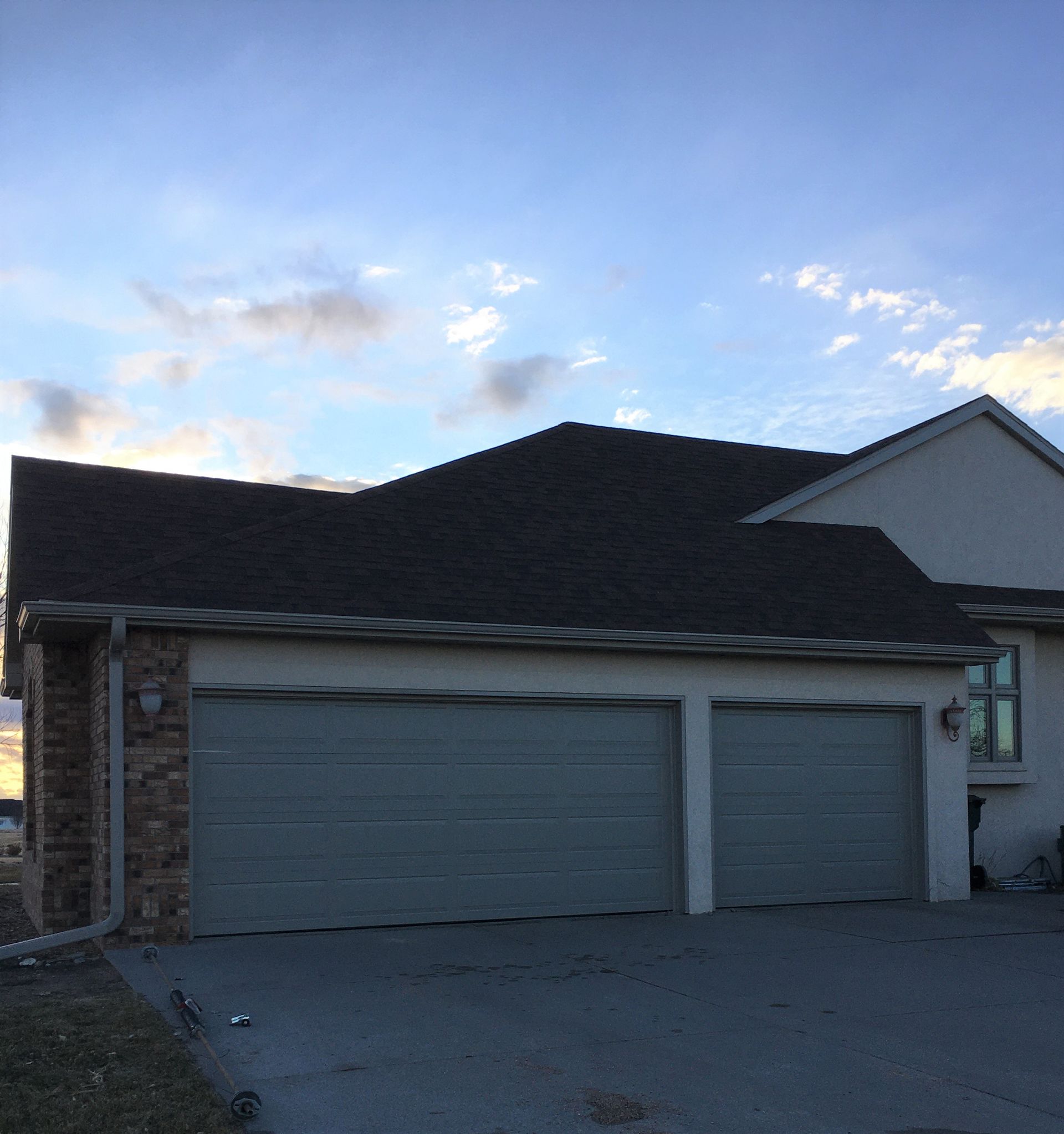Your roof’s color isn’t just an aesthetic choice—it can directly impact your home’s energy efficiency and comfort. Let’s explore the science behind roof colors and help you decide the best option for your climate.
Understanding How Roof Color Affects Heat Absorption
Roof color is a major factor in heat absorption. Dark roofs, such as black, absorb heat, increasing the temperature on the roof’s surface and warming your home. White roofs reflect sunlight, keeping your home cooler and easing the load on your air conditioning.
Climate Considerations: When to Go Light or Dark
The color of your roof should be based on your region’s climate:
- Warm Climates: If you live in a hot climate, a white or light-colored roof will help reflect the sun's heat, keeping your home cooler and saving on energy bills.
- Cold Weather Areas: For colder climates, darker roofs are better because they absorb heat, helping to maintain warmth inside and lower heating costs.
- Moderate Climates: A balanced choice might involve neutral or slightly darker shades, depending on your home's insulation.
The Role of Roof Colors in the Urban Heat Island Effect
White roofs are particularly useful for combating the urban heat island effect, where cities experience higher temperatures due to the prevalence of dark roofs and surfaces. These roofs help lower city temperatures and reduce overall energy use.
Weathercraft’s Tips for Choosing the Right Roof Color
Here are some key factors to consider when choosing your roof color:
- Climate Considerations: Consider your region's typical weather to select the most effective roof color.
- Roof Material Compatibility: Check that your roofing material is compatible with the selected color.
- Home Aesthetic: Choose a color that complements your home’s overall aesthetic.
- Cost-Effectiveness: Balance upfront costs with energy savings over time.
Weathercraft’s experts are here to help you select the best roof color and material for your home and budget.
